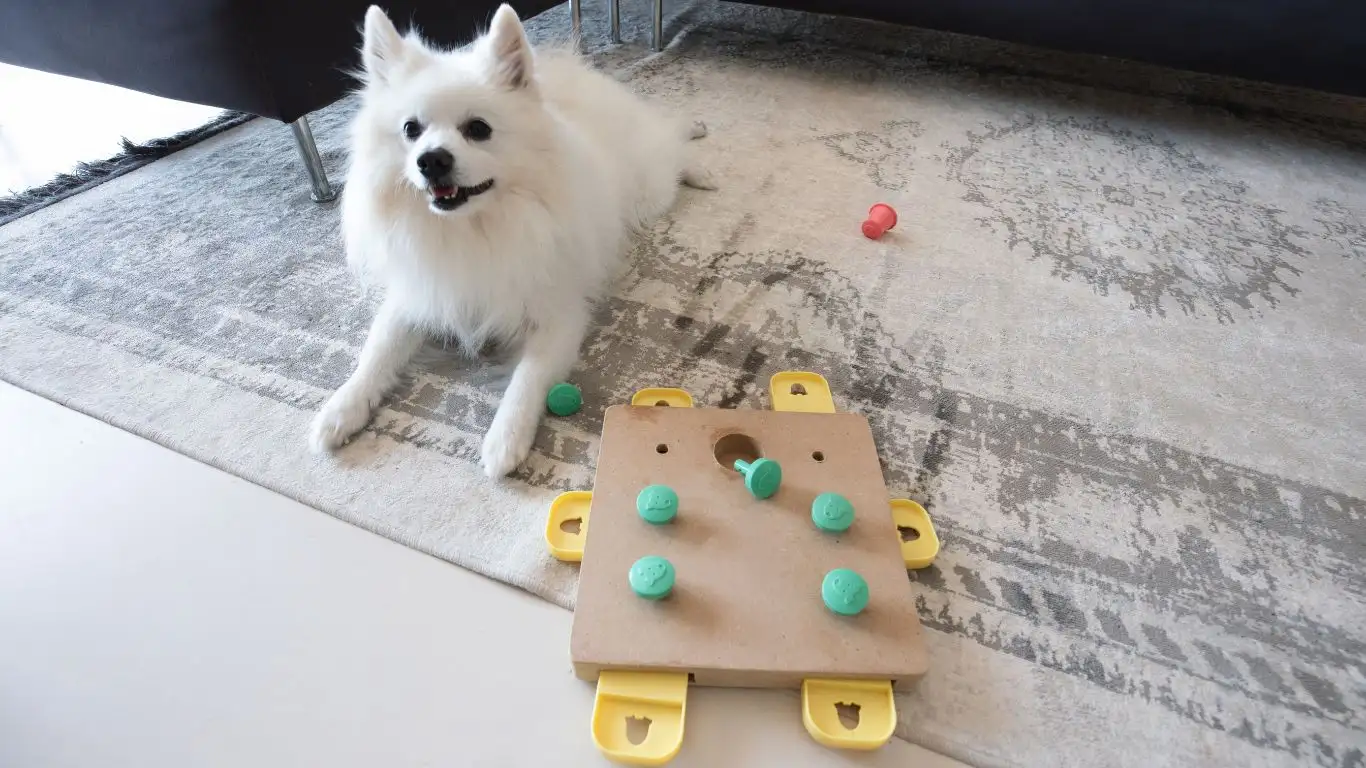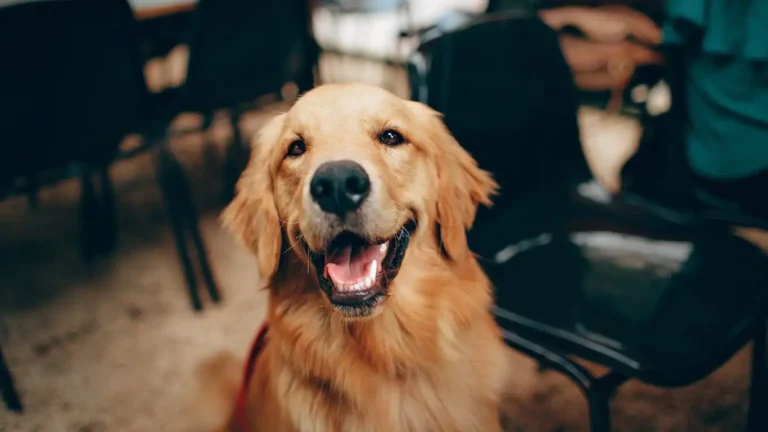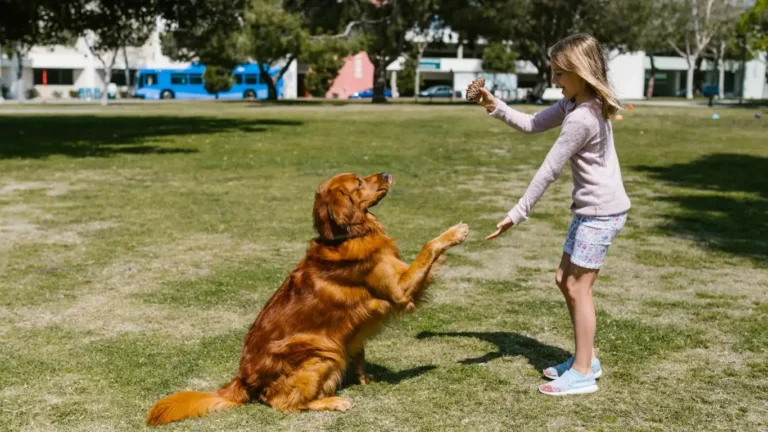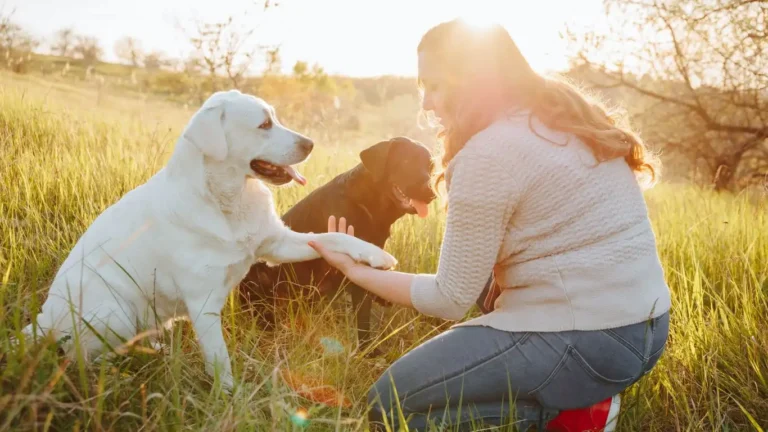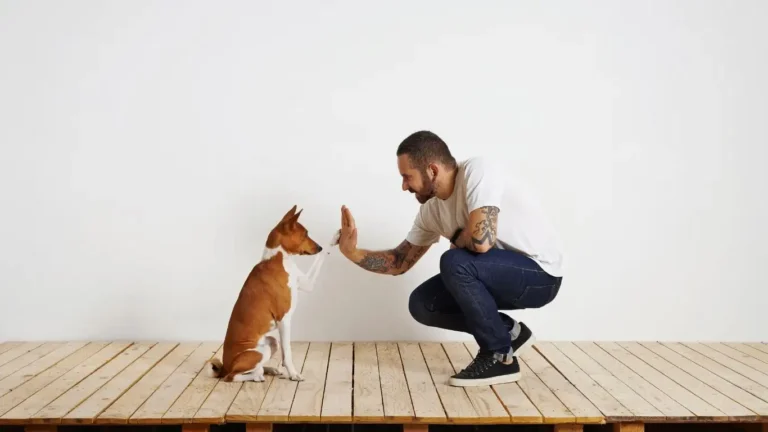How to Train a Dog to Relax in a Hotel Room Like a Pro
If you’ve ever tried taking your dog along for a hotel stay, then you probably know the chaotic excitement that can hit the moment you open that hotel room door. New smells, unfamiliar sounds, strange furniture—it’s a sensory overload for our pups. As someone who’s worked hands-on as a Canine-Assisted Therapy Trainer for years, I’ve definitely seen my share of hotel disasters (and a few triumphs too). So today, let’s talk about something that’s incredibly practical but often overlooked: how to train a dog to relax in a hotel room. Whether you’ve got a seasoned traveler or a first-time floof, this guide is packed with real-life tips I’ve used on the road with therapy dogs.
Why Hotel Rooms Can Trigger Stress in Dogs
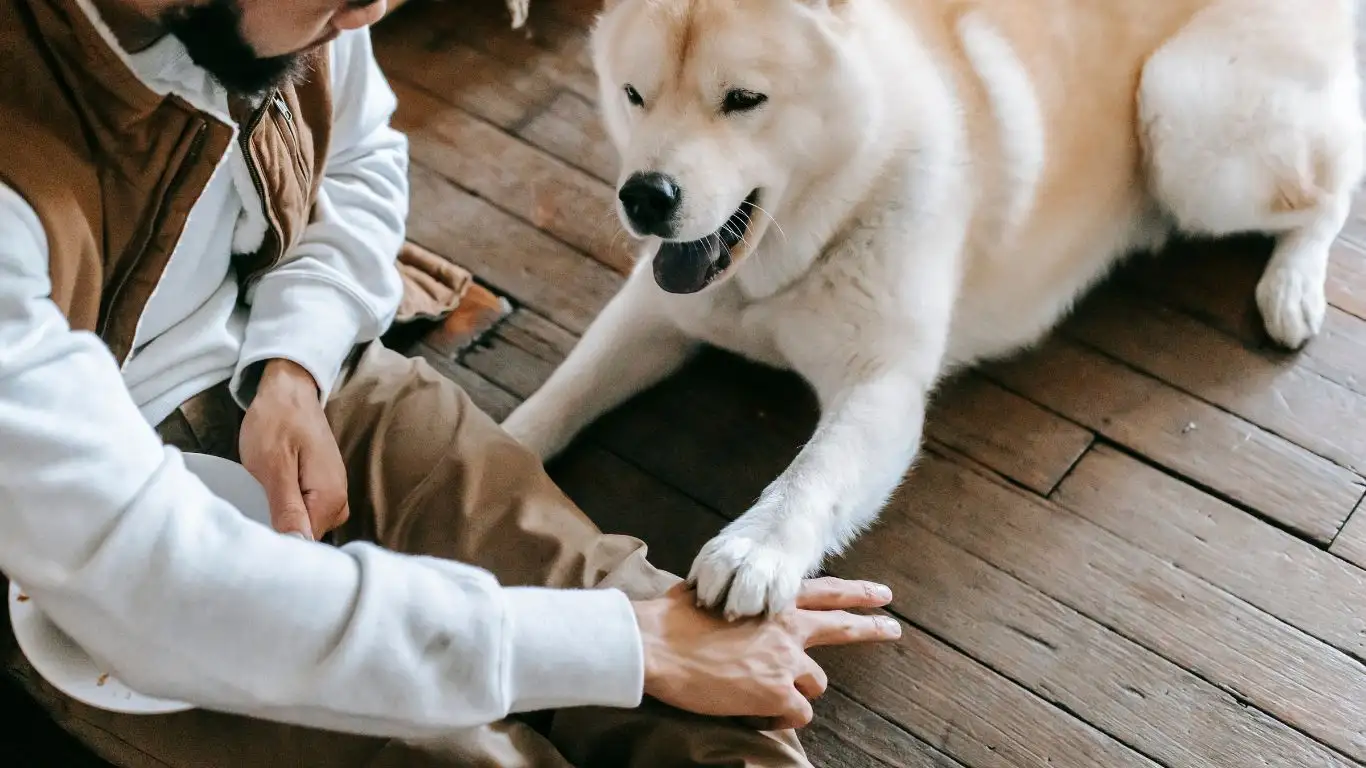
Before we jump into training tips, let’s get into a dog’s head for a second. Hotel rooms are weird places for dogs. There’s no familiar scent, the floor might feel slick, and they’ve got no idea who (or what) was in there before them. In my experience, even the most chill dogs can go from zen to ZOOM within seconds of walking into a new room. The first time I brought my therapy retriever, Max, into a pet-friendly suite, he barked at the ice machine and tried to mark the lamp. True story.
Here’s why hotels can be a sensory minefield:
- New smells: Other pets, cleaning chemicals, human scents
- Unfamiliar noises: Elevators, footsteps in hallways, slamming doors
- Different routines: Dogs thrive on routine. Travel blows that up.
- Limited personal space: Your dog might feel trapped or cornered
Knowing this upfront helps us train smarter. We’re not just asking our dogs to behave—we’re teaching them how to feel safe in a weird environment.
Setting the Scene Before You Arrive
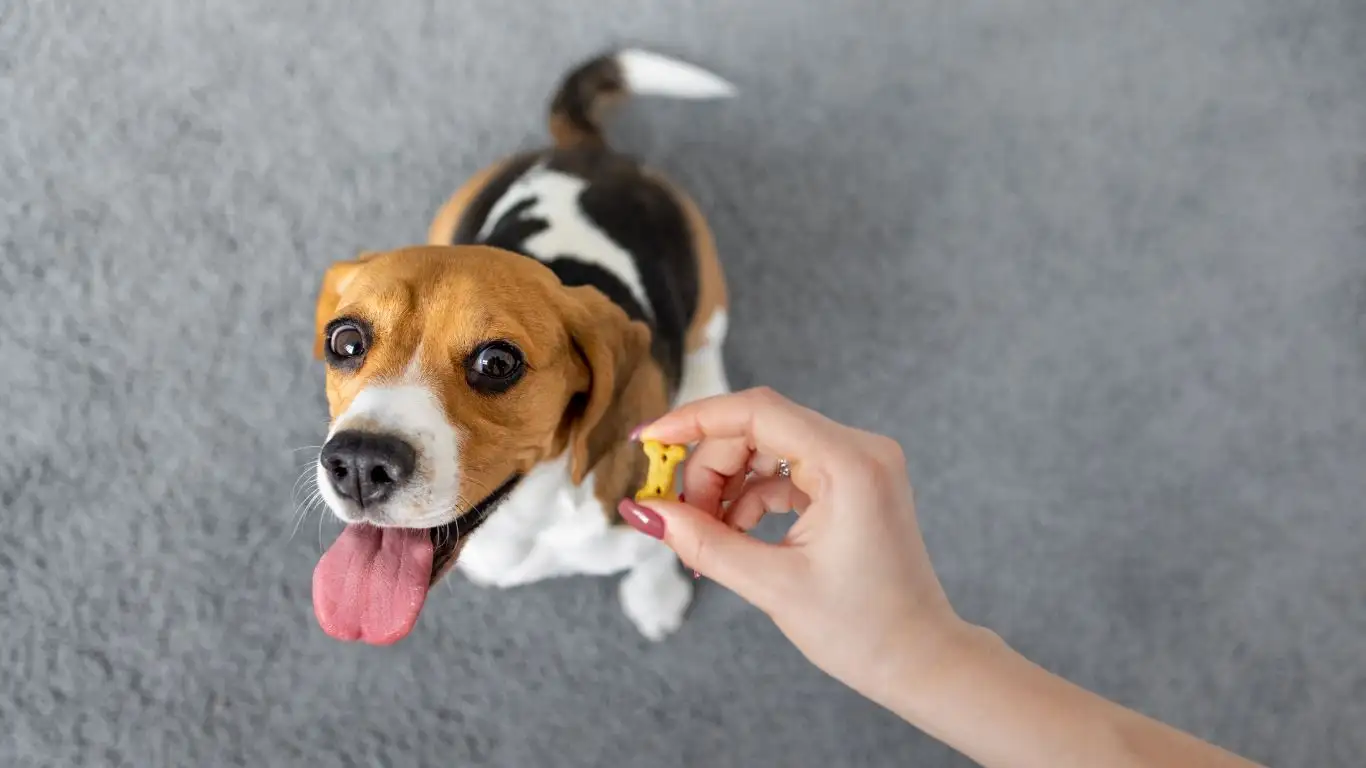
Pack Familiar Comforts
Okay, this one’s huge. Bring the comfort zone with you. I always pack what I call a “Zen Kit” for travel. This includes:
- Favorite blanket or bed (with your dog’s scent)
- A couple of familiar toys
- Chew treats or puzzle feeders
- White noise machine (or an app on your phone)
During one trip to Colorado with a nervous spaniel named Daisy, I brought along her well-loved snuffle mat. That alone helped ground her. She sniffed it for five minutes and visibly relaxed before even exploring the room. Sensory cues like smell are powerful tools in calming your dog.
Burn Off Energy Before You Check In
Never underestimate the power of a solid pre-hotel walk. I’ve made this a hard rule with all therapy teams I train. Get those paws moving before you even approach the building. A tired dog is a calm dog. Even a 30-minute stroll or fetch session can make a night-and-day difference.
Scope Out a Pet-Friendly Room Layout
Not all hotel rooms are created equal for dogs. Try to request ground-floor rooms (less elevator noise, easier potty breaks). If possible, ask for rooms at the end of the hallway—quieter, fewer distractions. Bonus tip: bring a small, foldable crate if your dog is crate-trained. It acts as a portable den and can really help dogs settle quickly.
Training Your Dog to Chill Once Inside
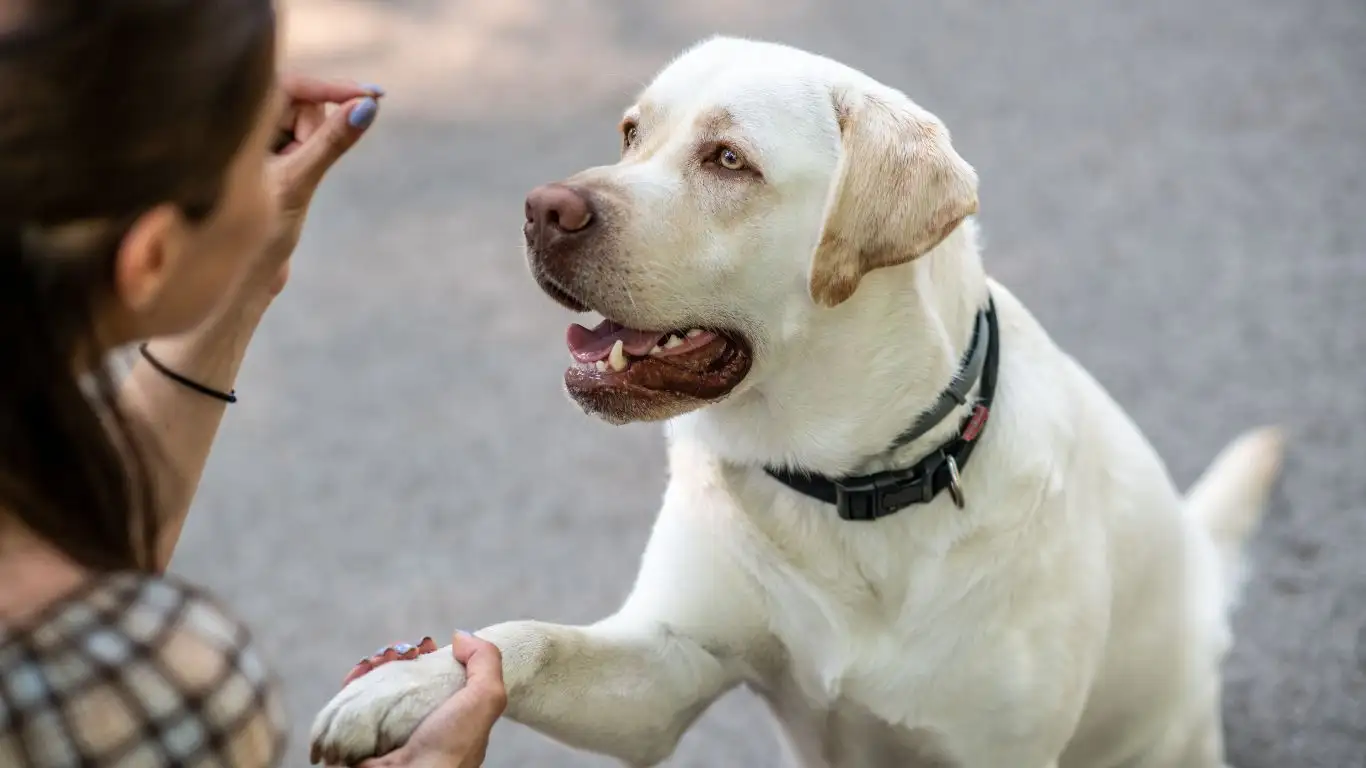
Use a Cue to Signal “We’re Home—Chill Mode On”
This one works wonders. Use a verbal cue like “settle in” or “hotel time” each time you enter the room. Pair it with calm energy and a treat or toy they love. Over time, the cue builds an association: hotel = chill zone. My German Shepherd, Luna, learned that “hotel time” meant blanket-snuggle-and-no-barking mode. It became part of her vocabulary.
Reward Calm Behavior from the Get-Go
The second you get inside, resist the urge to hype your dog up. Instead, go low-key. Give them a sniff-around moment, then encourage lying down with soft praise and a treat. Keep your voice calm. I like to drop a long-lasting chew right away—something like a bully stick or a frozen Kong. It redirects their excitement into something relaxing.
Block External Triggers
Dogs don’t just see—they hear and smell everything. Use blackout curtains to prevent them from barking at window distractions. Turn on a fan or white noise to drown out hallway chatter. If your dog’s reactive, consider placing a chair or piece of luggage near the door to act as a visual buffer. I’ve had clients report that a simple towel at the door base (blocking hallway scents) worked wonders.
Build Duration in Chill Mode
Just like with crate training, practice makes perfect. Use your downtime in the room to reward your dog for simply relaxing. Say they lay down and chill for five minutes—reward. Gradually build to 20–30 minutes. Use this quiet time to decompress together. Read, scroll, nap. Let calm become the vibe. Trust me, it pays off.
Helping Your Dog Adjust to Longer Stays
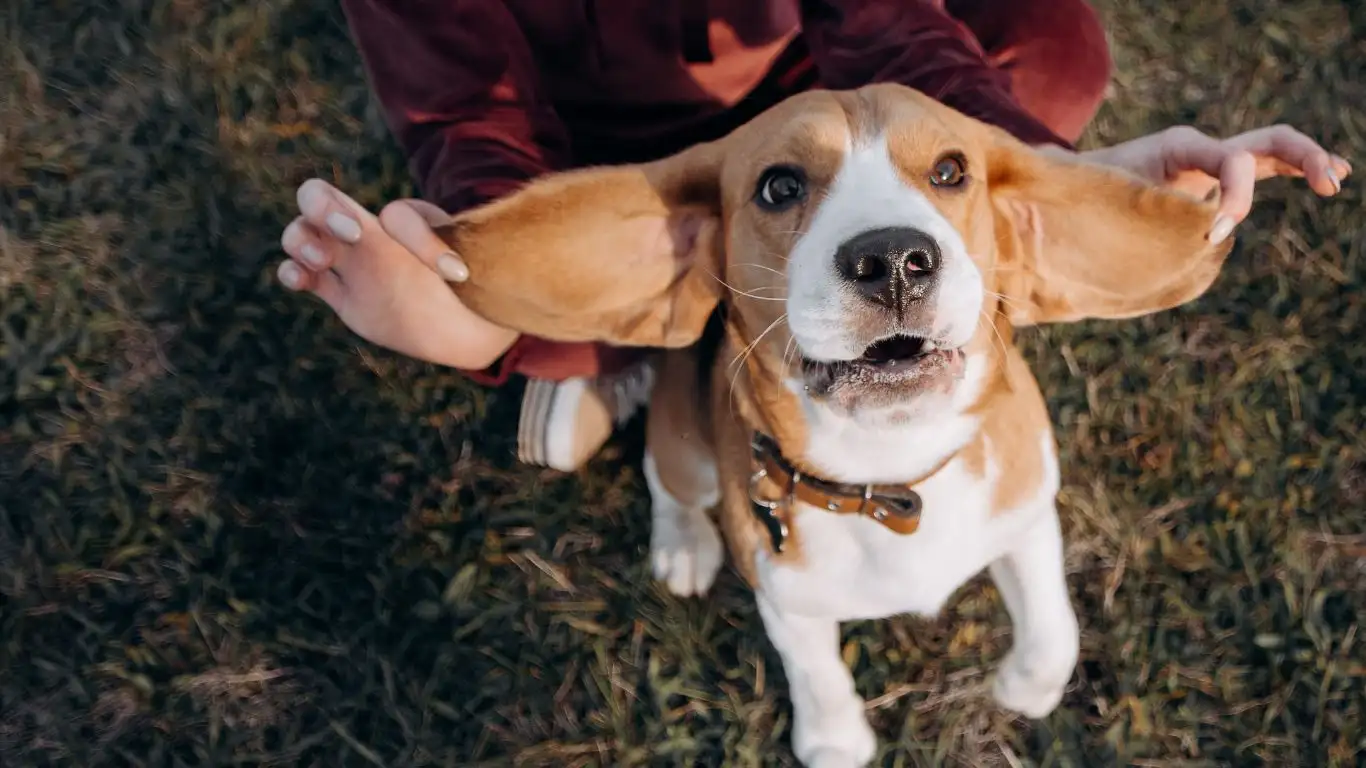
Now that your pup is more comfortable entering and settling into the hotel room, it’s time to stretch that comfort zone for longer stays. Whether you’re on an extended trip or just squeezing in a couple of workdays in the same city, helping your dog adjust to extended periods in the room is key. I’ve worked with several therapy dog handlers who travel frequently for school visits or hospital rotations. Trust me, consistency and emotional safety are everything here.
Stick to a Routine—Even on the Road
Dogs aren’t just creatures of habit—they crave predictability. That means sticking to a feeding, walking, and resting schedule that closely resembles home life. It might sound basic, but I’ve seen major behavioral improvements just by feeding at the usual time. Back when I traveled with our program’s Lab mix, Charlie, we made a habit of doing a short walk at 8 AM, breakfast at 8:30, downtime until noon. And he came to expect it—even miles away from home.
- Keep meal times consistent – Carry the same brand of food, use the same bowl if possible.
- Schedule bathroom breaks – Use the same phrases or potty cues you use at home.
- Predictable downtime – Even hotel life needs naptime.
Use Obedience Work to Create Focus
This is one of my favorite tricks for hotel stress: short, simple training sessions inside the room. Commands like “watch me,” “place,” or “settle” give your dog something constructive to focus on. Don’t overdo it—keep it light and positive. I usually do a quick 5-minute obedience refresh after check-in to establish a calm connection. It helps them tune into you and tune out the hallway chaos.
Don’t Ignore the Power of Mental Stimulation
Physical exercise is great, but don’t forget to give your dog something to think about. Boredom can easily lead to barking, pacing, or anxiety. Try bringing a few puzzle toys or hiding treats around the room for a mini scent game. One golden retriever I trained was a ball of energy at first—but a stuffed Kong and a snuffle mat kept him chilled out during a 3-day conference stay. Total game-changer.
Leaving Your Dog Alone in a Hotel Room

This part can get tricky. Leaving your dog alone in a hotel room requires trust, preparation, and sometimes a bit of trial and error. And just to be clear, not all hotels allow it—so always double-check the pet policy. That said, if it’s allowed and your dog is ready, here’s how to make it a success.
Test Short Departures First
Before leaving for an extended period, start with short departures. Think 5–10 minutes at first. Step out of the room, hang out in the hallway or your car, and come back. Was your dog quiet? Relaxed? Chewed up the curtain? You’ll learn fast whether they’re ready or not. I once had a client whose beagle was fine for 15 minutes, but panicked by minute 30. Knowing that limit helped us build gradually and avoid any destructive behavior.
Leave Calming Cues Behind
When leaving, keep it low-key. Don’t make a dramatic goodbye. That just amps them up. Instead:
- Leave a worn t-shirt with your scent on their bed
- Play calming music or turn on the TV (Animal Planet, anyone?)
- Use a chew or lick mat to keep them mentally engaged
These small touches can go a long way in signaling “this is safe, I’ll be back soon.” A familiar soundscape and scent can provide surprising emotional comfort for dogs.
Use Technology to Your Advantage
If you’ve got a Wi-Fi pet cam, this is the time to use it. I love recommending pet cameras like Furbo or even simple baby monitors with app access. They let you peek in without causing stress. Plus, if your pup starts howling or pacing, you can return quickly and reassess. One of my therapy teams used their pet cam religiously during hotel stays, and it actually helped them troubleshoot noise triggers (like that ice machine again!).
When Things Don’t Go as Planned

Here’s the thing no one wants to say out loud: sometimes, despite your best efforts, it doesn’t go smoothly. And that’s okay. Dogs are individuals. They have off days, just like us. I’ve had dogs I thought were totally ready for hotel life suddenly freeze up or get reactive. That doesn’t mean you failed—it just means the situation needs adjusting.
Try a Doggy Daycare or Local Sitter
If leaving your dog alone in the room is causing more stress than it’s worth, consider a doggy daycare nearby. Many larger cities have options, and services like Rover or TrustedHousesitters can help you find vetted local sitters. Sometimes a couple hours of playtime with other dogs is all it takes to reset their mood.
Switch to Crate-Based Relaxation
For crate-trained dogs, returning to the crate in a strange space can actually feel grounding. It’s like bringing a little slice of home with you. I’ve seen anxious pups calm down dramatically just by having a familiar den. If your dog’s used to their crate, let them use it voluntarily during downtime. Cover it with a towel, toss in a treat, and create a mini retreat.
Use Your Calm Energy
This might sound woo-woo, but dogs read our energy like a book. If we’re tense, nervous, or rushing around the room, they’ll mirror that. Whenever I work with nervous dogs on the road, I always tell their handlers, “You’re the thermostat. Set the emotional temperature.” Breathe. Move slowly. Speak softly. Be the safe zone your dog needs.
There’s no one-size-fits-all formula here. Training a dog to relax in a hotel room takes time, patience, and flexibility. And sometimes it takes some honest trial-and-error. But with the right tools and a little empathy, it’s absolutely doable—even with high-strung or sensitive pups.
Keeping Your Dog Calm During Hotel Events and Unusual Situations
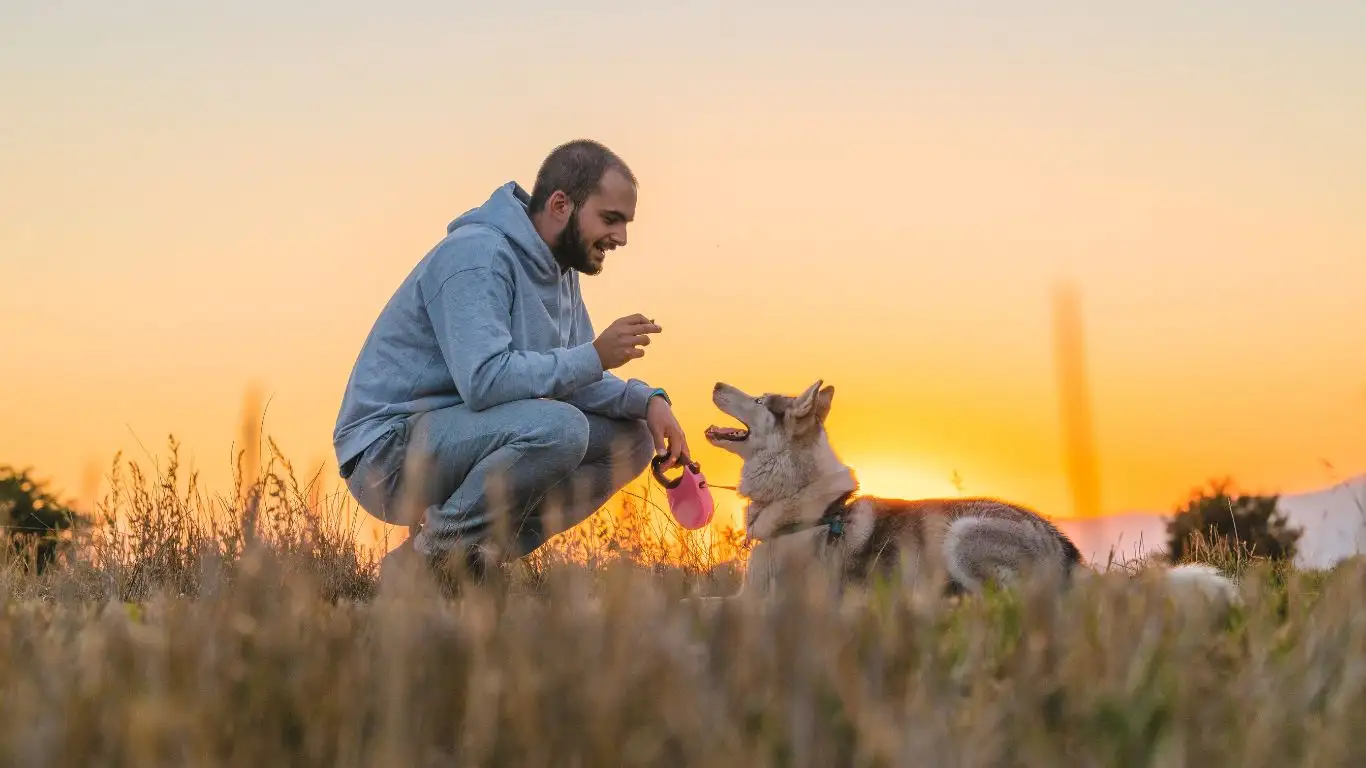
So, you’ve got your dog fairly settled into hotel life. But what happens when there’s a loud event downstairs? Or maybe housekeeping knocks when you’re not expecting it? These surprises can throw even the most relaxed pup into a spiral. I’ve had therapy dogs spook from a rolling luggage cart or the *ding* of an elevator—things we humans totally tune out.
Practice Desensitization with Hotel-Specific Sounds
If you know you’ll be traveling often, start desensitizing your dog to common hotel sounds before the trip. Play recordings of hallway sounds, elevators, or doors closing while you’re at home. Pair those sounds with treats or play to build a positive association. One of my therapy clients used YouTube soundboards of hotel noises to prep their service dog in advance. Smart move.
Use the “Go to Place” Cue Strategically
This is hands-down one of the most useful behaviors for hotel stays. Teaching your dog to go to a specific mat or blanket on cue creates a safe space no matter where you are. When the chaos hits—whether it’s a maintenance visit or a thunderstorm—your dog already knows where to go to feel okay.
I trained one pup named Olive to associate her rubber mat with calm vibes. Any time she stepped on it, she got a treat and praise. That mat traveled with her everywhere. When she was unsure, she’d lie on it herself, totally unprompted. That’s the kind of confidence we want to build.
Keep Your Energy Anchored
Yup, I’m bringing this up again because it’s *that* important. When the unexpected hits, your calm energy is the most powerful tool in the room. Breathe, ground yourself, speak in a soothing voice. Dogs don’t understand that fireworks or a hotel fire alarm isn’t the end of the world—but they do understand your body language.
Preparing for Checkout and Future Stays
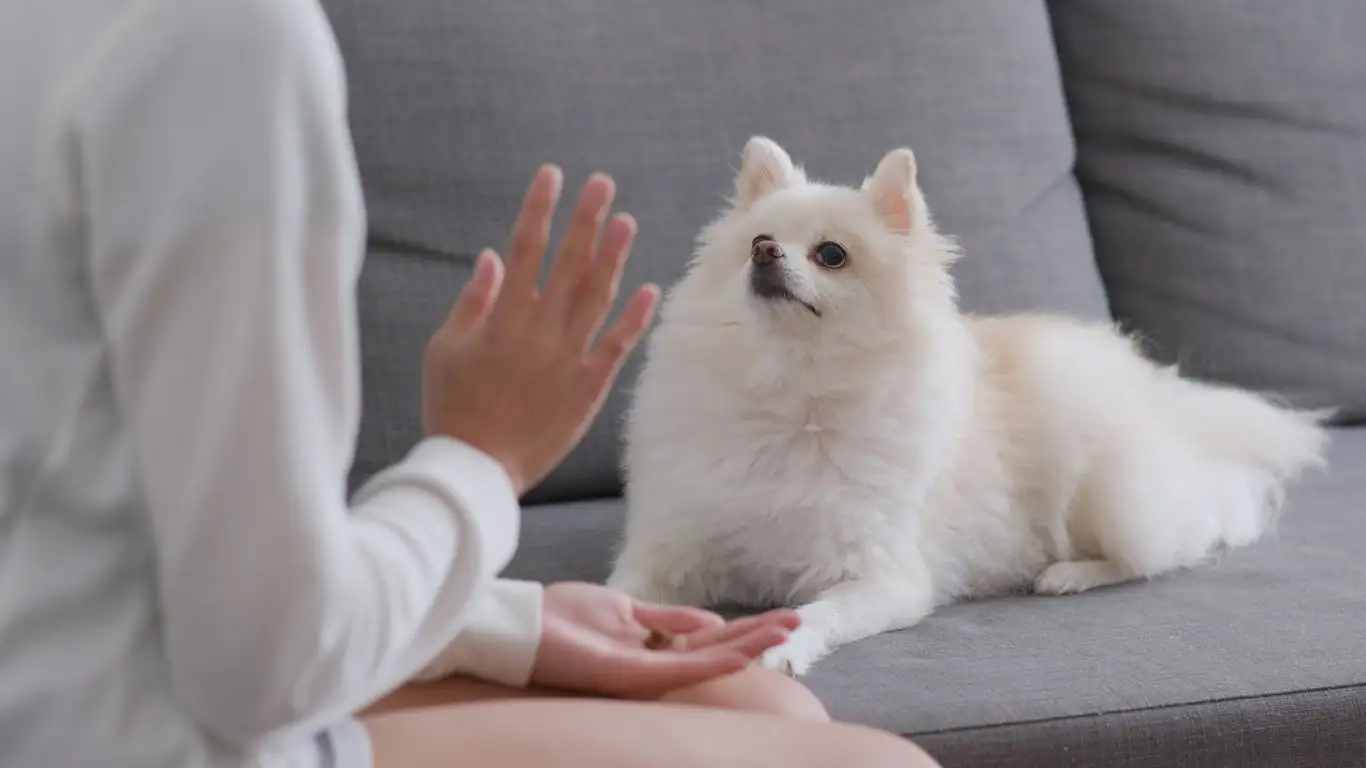
Wrapping up your hotel stay can feel like the final exam. Will your dog handle the packing chaos? Can they stay chill while the luggage rolls out? With a little preparation, yes—absolutely.
Slow Things Down on Checkout Day
Dogs pick up on all the subtle signs: suitcases, rushed energy, doors opening and closing. To avoid a stress spike, start slow. Take your dog for a nice walk early in the day. Let them sniff and move their body. Give them time to settle before you begin packing.
Try packing in stages if possible. If your dog is crate-trained, let them rest safely while you finish loading up. Keep one chew toy or calming item out until the very end to help ease the transition.
Celebrate Wins—Big or Small
Maybe your dog didn’t bark at every knock. Or they finally stayed calm during a solo nap while you ran an errand. Celebrate it! Training a dog to relax in a hotel room is a process—and every success builds confidence for both of you.
Back when I was training Jasper, a therapy dog with pretty strong separation anxiety, our first hotel stay was rocky. But by the third trip, he was snoozing through my coffee runs and ignoring lobby noise like a champ. What changed? Patience, consistency, and a whole lot of love. That’s what it takes.
Expert Tips to Take Your Hotel Stays to the Next Level
- Book pet-friendly chains with solid reviews. Look for hotels that *really* welcome dogs—not just tolerate them. Good vibes matter.
- Call ahead and ask for corner rooms. Less foot traffic = fewer triggers.
- Request early check-in if possible. Gives your dog time to settle before evening chaos sets in.
- Consider natural calming aids. Talk to your vet about calming chews, pheromone sprays, or CBD if needed (petmd.com is a great starting point).
- Use a travel checklist for your pup. I never leave home without a printed dog travel list. Saves so much stress.
Bonus: Training While You Travel
Here’s something cool—hotel stays are actually the perfect time to work on general obedience and impulse control. You’ve got new environments, distractions, and lots of teachable moments. Use it. Practice calm greetings in the lobby. Work on polite leash walking in hallways. All of that transfers to better behavior at home too.
Final Thoughts
Learning how to train a dog to relax in a hotel room isn’t just about avoiding barking or messes—it’s about creating a sense of emotional safety for your dog in unfamiliar spaces. And that’s what builds real trust between you and your pup. Whether you’re training a companion animal, a therapy dog, or just your adventurous best friend, the payoff is so worth it.
With time, patience, and the right techniques, even the most nervous pup can become a confident traveler. And once that happens? You’ll both look forward to your next trip—even if it includes the occasional surprise hallway cat or malfunctioning keycard. Been there.
References
Disclaimer
This article is based on my personal experience as a Canine-Assisted Therapy Trainer and is intended for informational purposes only. Every dog is different, and individual needs or behaviors may vary. Always consult with a qualified veterinarian or professional dog trainer for specific guidance tailored to your pet’s health and behavior.
